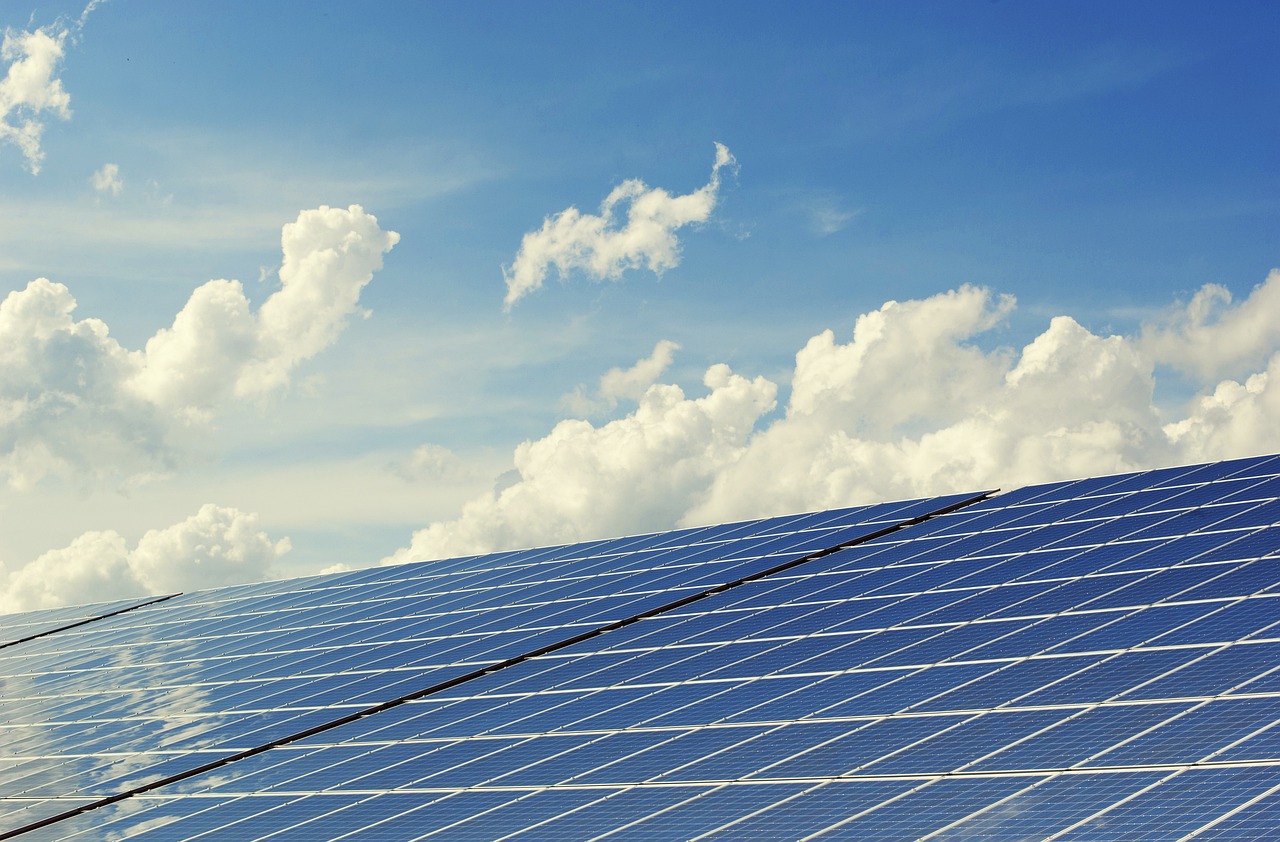How to Install Solar Energy: A Step-by-Step Guide
As the world turns toward cleaner and more sustainable energy sources, solar energy installation is becoming increasingly popular among homeowners and businesses alike. At Solar Waco, we understand the growing need for reliable, renewable energy solutions that benefit both your wallet and the planet. Solar power offers a long list of advantages—from slashing electricity bills to significantly reducing your carbon footprint. Whether you’re aiming to cut energy costs or support environmental sustainability, installing solar panels is a smart, long-term investment. In this detailed guide, Solar Waco will walk you through everything you need to know about solar energy installation, including planning, costs, system types, benefits, and ongoing maintenance.
Understanding Solar Energy Systems
Before beginning the installation process, it’s important to understand how solar energy systems work. A solar power system captures sunlight using photovoltaic (PV) panels and converts it into electricity. This electricity is either used immediately, stored in batteries, or sent back to the grid, depending on the type of setup you choose.
There are three main types of solar power systems: grid-tied, off-grid, and hybrid. A grid-tied system connects to your utility grid and is often the most cost-effective option. Off-grid systems are completely independent and suitable for remote locations. Hybrid systems combine both setups, storing energy in batteries while also remaining connected to the grid.
Evaluating Your Property for Solar Panel Installation
One of the first steps in the solar energy installation process is evaluating whether your home or commercial property is suitable. Ideally, your roof should have good sun exposure, preferably facing south or west, and minimal shading from trees or other buildings.
A site assessment by a professional installer includes examining your roof’s size, angle, and material. This evaluation determines how many panels can be installed and how much energy they can generate. In some cases, ground-mounted systems may be a better fit, especially if your roof is too small or has structural limitations.
Choosing the Right Solar Panels and Inverter
Not all solar panels are created equal. They vary in efficiency, warranty, aesthetics, and cost. Monocrystalline panels are known for high efficiency and sleek design, while polycrystalline panels are generally more affordable but slightly less efficient. Thin-film panels are flexible and lightweight but typically used for commercial projects.
Equally important is the inverter, which converts the DC electricity produced by solar panels into AC power used by your home. String inverters, microinverters, and power optimizers are popular options. Your installer will recommend the best combination based on your energy needs and system size.
Installation Process: What to Expect
Once your system is designed and approved, the physical installation usually takes one to three days. The process involves mounting the panels on your roof or ground structure, connecting the inverter, and wiring everything to your electrical panel. Installers will also set up monitoring systems that allow you to track your solar production in real time via smartphone apps or online dashboards.
After installation, your system must be inspected and approved by local authorities or utility companies before it can be switched on. This final approval process ensures your system meets all safety and electrical codes.
Cost and Incentives for Solar Energy Installation
While solar energy installation requires an upfront investment, the long-term financial returns can be substantial. The average cost for a residential solar system in the U.S. ranges from $15,000 to $25,000 before incentives. Fortunately, there are federal, state, and local rebates and tax credits available that significantly reduce the cost.
The federal solar Investment Tax Credit (ITC) allows you to deduct up to 30% of your installation cost from your taxes. Some states offer additional incentives, like solar renewable energy credits (SRECs), property tax exemptions, and no-interest loans.
Maintenance and Longevity of Solar Systems
Solar energy systems require very little maintenance. Panels should be kept clean and free of debris, which can usually be done with a hose or soft brush. Most manufacturers offer warranties of 20 to 25 years, and panels often continue producing electricity well beyond that lifespan.
Inverters may need replacement after 10–15 years, depending on the type and usage. Monitoring systems will alert you to any performance issues, allowing you to respond quickly if your system is underperforming.
Conclusion
Solar energy installation is a smart and sustainable decision for homeowners and businesses looking to reduce their reliance on fossil fuels and save on energy bills. By understanding the system types, evaluating your property, choosing the right components, and taking advantage of incentives, you can ensure your investment delivers long-term value. With minimal maintenance and high reliability, solar power is not just an environmental choice—it’s a financially sound one too.
If you’ve been considering switching to solar, now is the time. Technology is more efficient and accessible than ever, and generous government incentives make solar energy installation more affordable. Start your journey toward clean, renewable energy and enjoy the benefits for decades to come.
Frequently Asked Questions About Solar Energy Installation
1. How long does solar panel installation take?
The actual installation typically takes 1–3 days, but the entire process including permits and approvals may take several weeks.
2. What happens during a site assessment?
A technician evaluates your roof’s direction, shading, and structural integrity to determine suitability and potential system size.
3. Can solar panels work during cloudy days or at night?
Solar panels produce less energy on cloudy days and none at night. That’s why many systems include battery storage or remain grid-connected.
4. Are solar panels worth it financially?
Yes, over time you save significantly on energy bills. Many systems pay for themselves within 6–10 years and provide decades of free electricity.
5. Do I need a battery for my solar system?
Not always. Battery storage is optional. Grid-tied systems without batteries are cheaper and allow you to use utility power when needed.

